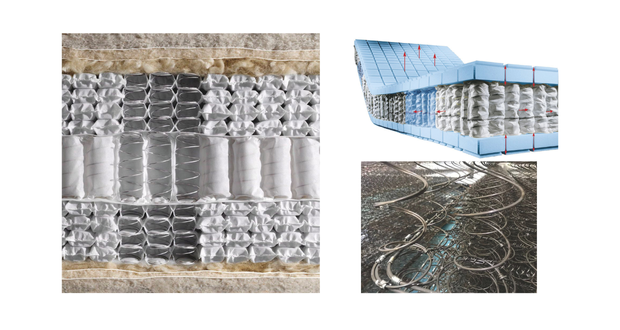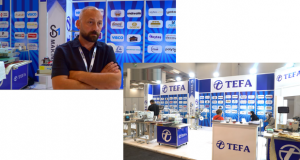Springs play a crucial role in the construction of mattresses, providing support, comfort, and durability. They are integral to achieving the right balance of firmness and comfort, which is why choosing the right type of spring is essential in mattress manufacturing. In this article, we explore the different types of springs commonly used in mattress manufacturing and their advantages.
- Bonnell Springs
Bonnell springs are one of the most traditional and widely used spring systems in mattress construction. They are hourglass-shaped coils, connected by a network of steel wire. The springs are placed in a grid-like formation, functioning a supportive structure for the mattress.
Advantages of Bonnell Springs:
– Cost-Effective: One of the most affordable spring options, making them a popular choice for budget-friendly mattresses.
– Good Support: Provides reliable support across the mattress surface, distributing body weight evenly.
– Durability: Known for their long-lasting performance when properly maintained.
- Pocket Springs
Pocket springs are individual springs encased in fabric pockets. Each spring works independently, allowing for greater responsiveness to pressure and movement.
Advantages of Pocket Springs:
– Motion Isolation: Because each spring operates independently, pocket springs excel in isolating motion. This is especially beneficial for couples, as movements on one side of the bed don’t disturb the other side.
– Customized Support: Offers targeted support, as each spring adjusts according to the pressure applied, providing a more personalized sleep experience.
– Breathability: The individual pockets allow for better airflow, contributing to a cooler sleeping environment.
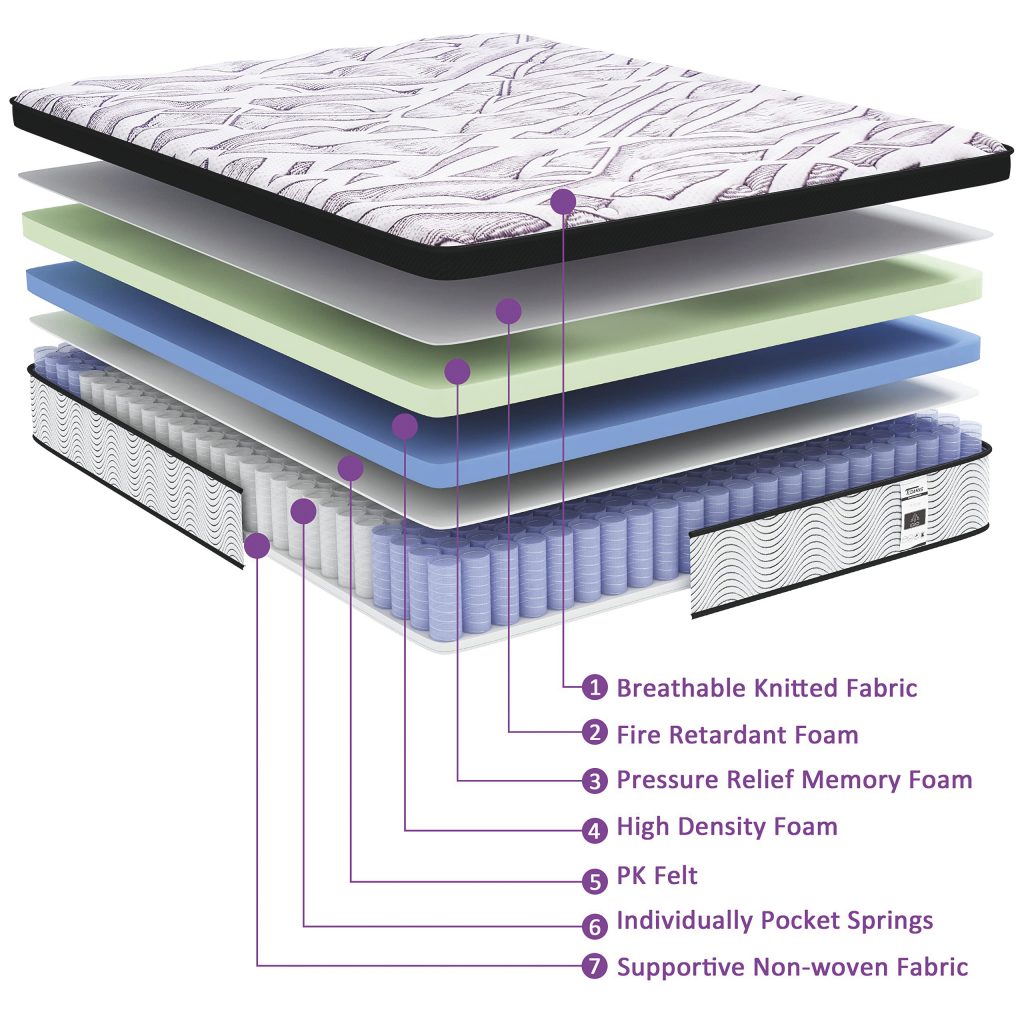
- Continuous Coil Springs
Continuous coil springs are made from a single piece of wire that is looped to form a continuous pattern. The design produces a grid of interconnected coils that provide even support across the mattress surface.
Advantages of Continuous Coil Springs:
– Even Support: The interconnected design helps distribute weight evenly, offering consistent support across the mattress.
– Durability: Known for its resilience and long-lasting performance.
– Value for Money: Typically more affordable than pocket springs while still providing substantial support.
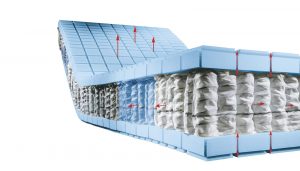
- Offset Springs
Offset springs are similar to Bonnell springs, but their ends are hinged to allow more flexibility. These springs are often used in hybrid mattresses to combine the benefits of traditional spring systems with newer designs.
Advantages of Offset Springs:
– Enhanced Flexibility: The hinged design allows the springs to adjust more naturally to the body’s movements.
– Increased Comfort: Offers better contouring and support than standard Bonnell springs.
– Durability: Resistant to wear and tear over time, making them a durable option for long-term use.
- Dual-Sided Springs
Dual-sided springs involve two layers of springs (either pocket or Bonnell) stacked together, providing increased support and comfort from both sides of the mattress.
Advantages of Dual-Sided Springs:
– Reversible Comfort: Dual-sided springs offer a mattress that can be flipped, extending the life of the mattress and ensuring comfort on both sides.
– Superior Support: Provides an enhanced level of support, particularly useful for people who need extra firmness.
– Longevity: The ability to rotate or flip the mattress reduces wear on any single side, helping it last longer.
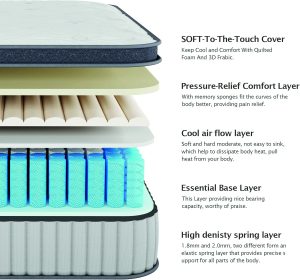
- Memory Foam and Spring Hybrid Systems
Hybrid mattresses combine both foam layers and spring systems, providing the benefits of both materials. These mattresses often feature pocket springs or continuous coils as the base, topped with memory foam or latex.
Advantages of Hybrid Systems:
– Balanced Comfort and Support: Offers a balanced combination of the support of springs and the contouring comfort of foam.
– Versatility: Suitable for a wide range of sleepers, as the springs provide support, while the foam layers offer pressure relief.
– Durability: Hybrid mattresses tend to last longer than traditional foam or spring mattresses alone, benefiting from the combined advantages of both materials.
Conclusion
The variety of springs used in mattress manufacturing each offers distinct advantages, from affordability and durability to superior comfort and motion isolation. Whether it’s the classic Bonnell spring or the advanced pocket spring system, the right choice depends on individual preferences and requirements. All spring types contribute to the production of quality mattresses, and when combined with other materials, they provide diverse solutions for a comfortable and supportive sleep experience.
 SleepTech Magazine Mattress, Accessories, Machinery, Raw Materials
SleepTech Magazine Mattress, Accessories, Machinery, Raw Materials
